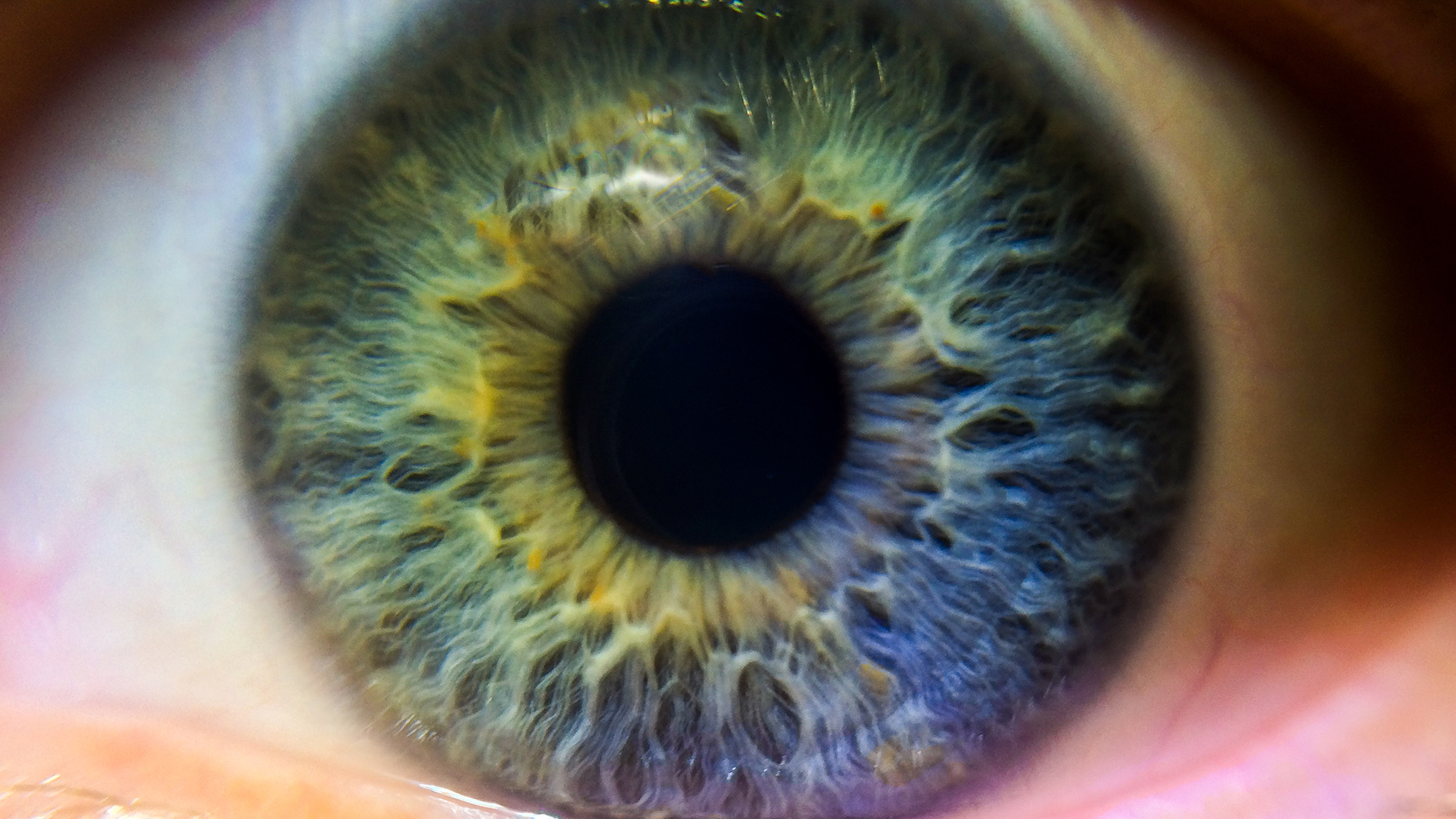First patient dosed in trial of Allergan/Editas’ CRISPR blindness drug

A first patient has been treated in a trial of an Allergan and Editas drug based on CRISPR/Cas9, a technology that allows genes to be manipulated inside the body.
The two companies claim AGN-151587 (EDIT-101) for Leber congenital amaurosis type 10 (LCA10) – an inherited form of blindness – is the first ‘in vivo’ CRISPR medicine to be administered to a patient.
CRISPR, is a technology that can edit DNA at precise locations in the human genome, allowing genes to be permanently modified.
AGN-151587 was delivered as an injection under the retina of the eye of a patient at the Casey Eye Institute at Oregon Health & Science University in Portland, US. It will take a few weeks to see if the procedure results in an improvement in vision.
Until now, CRISPR has been used in trials as an ‘ex vivo’ technique to alter the expression of genes in cells in the lab, which can then be administered to patients as a cell therapy.
The first trial of that approach was conducted in China in 2016 and involved a cell-based therapy for lung cancer, and other studies have followed, including a study of CRISPR Therapeutics and Vertex Pharma’s CRISPR ex vivo drug for blood disorders beta thalassaemia and sickle cell disease.
Allergan and Editas say they will test AGN-151587 in a few patients to begin with to see if the procedure is safe, in the phase 1/2 BRILLIANCE trial, and if so over the next few months will enrol 18 children and adults with LCA10, which has no approved treatments.
“This dosing is a truly historic event – for science, for medicine, and most importantly for people living with this eye disease,” said Cynthia Collins, Editas’ chief executive.
LCA is a group of inherited retinal degenerative disorders that collectively are the most common cause of inherited childhood blindness, with an incidence of two to three per 100,000 live births worldwide.
LCA10 is caused by mutations in the CEP290 gene and accounts for approximately 20‑30% of all LCA cases.
Dosing into the eye is an easier prospect than systemic delivery via an infusion or pill, but still represents a step forward in the use of CRISPR as an in vivo therapeutic approach.
LCA10 is a good candidate for this type of drug as it can’t be treated using other forms of gene therapy that rely on viruses to carry replacement genes, such as Spark Therapeutics’ Luxturna (voretigene neparvovec), which was approved in 2017 for forms of LCA associated with mutations in the RPE65 gene.
The CEP290 gene is too big to be carried by viral vectors, but using CRISPR its sequence can be edited to restore its normal function, by snipping out a small section.
Allergan licensed rights to Editas’ drug in 2018 on the strength of preclinical data, paying $15 million to exercise an option first acquired in 2017 for $90 million upfront, part of an alliance for up to five of Editas’ eye disease programmes.
Editas has also received another $25 million from Allergan under the deal tied to FDA approval to start the BRILLIANCE trial.












